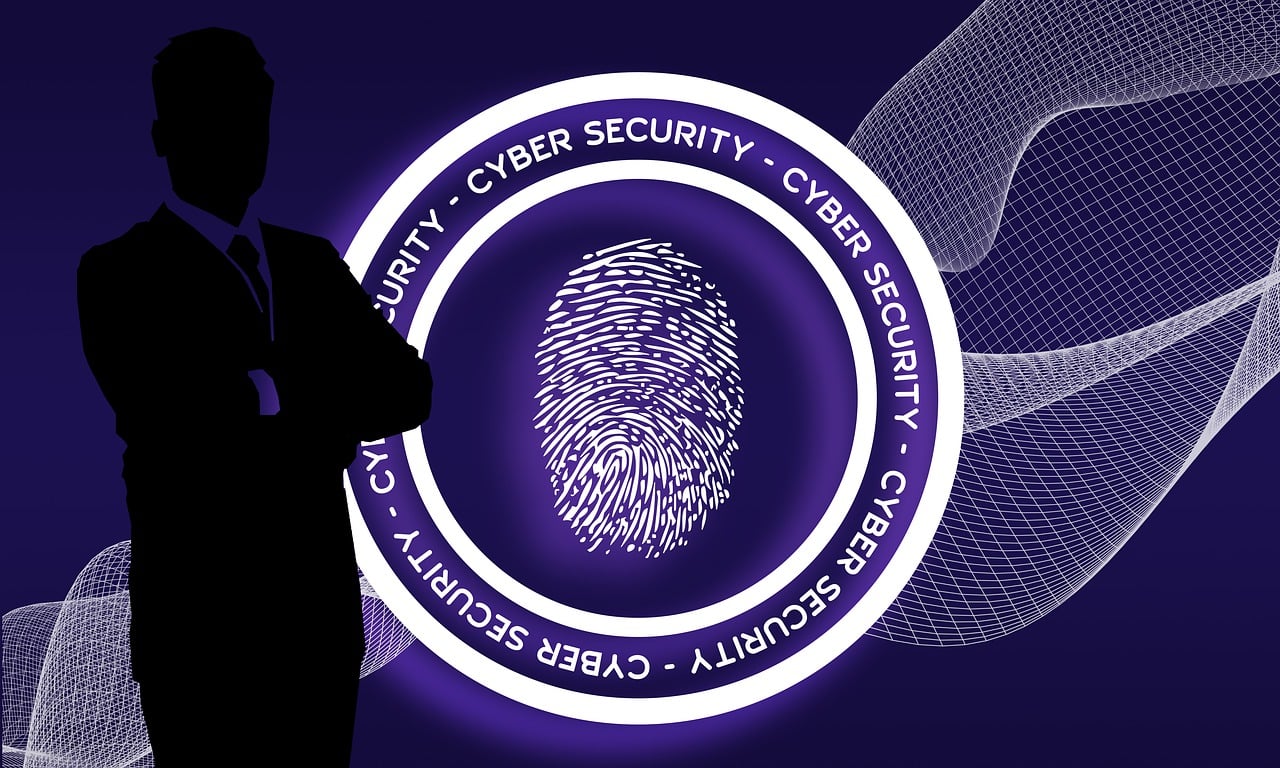
In today’s digital landscape, where cyber threats loom large and evolve rapidly, organizations must adopt proactive defense strategies to safeguard their data, infrastructure, and reputation. Traditional reactive approaches to cybersecurity are no longer sufficient in the face of sophisticated adversaries and constantly evolving attack vectors. Instead, organizations are turning to cyber threat intelligence (CTI) to gain insights into potential threats and take preemptive action to mitigate risks.
Understanding Cyber Threat Intelligence
Cyber threat intelligence is the process of collecting, analyzing, and interpreting data to identify potential cyber threats and vulnerabilities. This intelligence enables organizations to anticipate and respond to cyber attacks before they occur, rather than simply reacting after the fact. CTI encompasses a wide range of information sources, including:
- Technical Data: This includes indicators of compromise (IOCs), such as IP addresses, domain names, and file hashes, which can indicate malicious activity.
- Tactical Data: Tactical intelligence provides insights into the tactics, techniques, and procedures (TTPs) used by threat actors, helping organizations understand their adversaries’ behaviors and motivations.
- Strategic Data: Strategic intelligence involves broader analysis of geopolitical, economic, and social factors that may influence cyber threats, allowing organizations to anticipate emerging risks.
By aggregating and analyzing these diverse sources of data, organizations can develop a comprehensive understanding of the threat landscape and tailor their defenses accordingly. But what is operational threat intelligence, and how does it contribute to proactive defense measures? To further explore this topic and gain insights into best practices, organizations can refer to comprehensive guides on operational threat intelligence.
The Role of Cyber Threat Intelligence in Proactive Defense
Proactive defense strategies rely on timely and accurate intelligence to detect and prevent cyber threats before they cause harm. CTI plays a crucial role in several key aspects of proactive defense:
1. Threat Detection
One of the primary functions of cyber threat intelligence is to identify potential threats in real-time. By monitoring various data sources for signs of malicious activity, organizations can detect intrusions and anomalies before they escalate into full-blown attacks. Advanced threat detection techniques, such as machine learning and behavioral analytics, leverage CTI to identify patterns and anomalies indicative of malicious behavior.
2. Risk Assessment
Understanding the level of risk posed by different threats is essential for prioritizing security efforts and allocating resources effectively. Cyber threat intelligence provides valuable insights into the likelihood and potential impact of various threats, allowing organizations to assess their risk posture and focus on addressing the most critical vulnerabilities.
3. Incident Response
In the event of a cyber attack, rapid and effective incident response is essential to minimize damage and restore normal operations. Cyber threat intelligence enables organizations to respond swiftly and decisively by providing actionable information about the nature of the attack, the tactics employed by the threat actor, and potential mitigation measures. This allows security teams to contain the incident, mitigate the impact, and prevent similar attacks in the future.
4. Threat Hunting
Beyond reactive incident response, proactive organizations engage in threat hunting to proactively search for signs of compromise within their networks. Cyber threat intelligence guides this process by providing insights into the latest threats and attack techniques, enabling security teams to identify and neutralize threats before they cause harm.
5. Security Strategy Development
Effective cybersecurity requires a strategic approach that aligns with the organization’s goals and risk tolerance. Cyber threat intelligence informs this strategic decision-making process by providing insights into emerging threats, industry trends, and best practices. Organizations can use this intelligence to develop comprehensive security strategies that address current and future threats effectively.
Implementing a Cyber Threat Intelligence Program
To leverage cyber threat intelligence effectively, organizations must establish a structured and comprehensive CTI program. Key steps in implementing a CTI program include:
1. Define Objectives
Clearly define the goals and objectives of the CTI program, aligning them with the organization’s overall security strategy and business objectives. Determine what types of intelligence are most relevant and valuable for informing decision-making processes.
2. Collect Data
Identify and collect relevant data sources, including internal logs and telemetry, open-source intelligence (OSINT), and commercial threat feeds. Establish automated processes for collecting, normalizing, and enriching this data to ensure its accuracy and relevance.
3. Analyze and Interpret
Analyze the collected data to identify potential threats, vulnerabilities, and attack patterns. Leverage advanced analytics techniques, such as correlation and pattern recognition, to extract actionable intelligence from raw data.
4. Disseminate Intelligence
Disseminate actionable intelligence to relevant stakeholders across the organization, including security teams, IT staff, and senior leadership. Tailor the delivery of intelligence to the specific needs and responsibilities of each stakeholder group, ensuring that they have the information they need to take appropriate action.
5. Iterate and Improve
Continuously evaluate and refine the CTI program based on feedback, emerging threats, and lessons learned from incidents. Regularly update intelligence collection and analysis processes to stay ahead of evolving threats and maintain the effectiveness of proactive defense strategies.
Conclusion
In an era of escalating cyber threats, organizations must adopt proactive defense strategies to protect against evolving risks. Cyber threat intelligence provides the insights and capabilities needed to detect, assess, and respond to threats before they cause harm. By leveraging CTI effectively, organizations can stay one step ahead of adversaries and safeguard their data, assets, and reputation in an increasingly hostile digital environment.